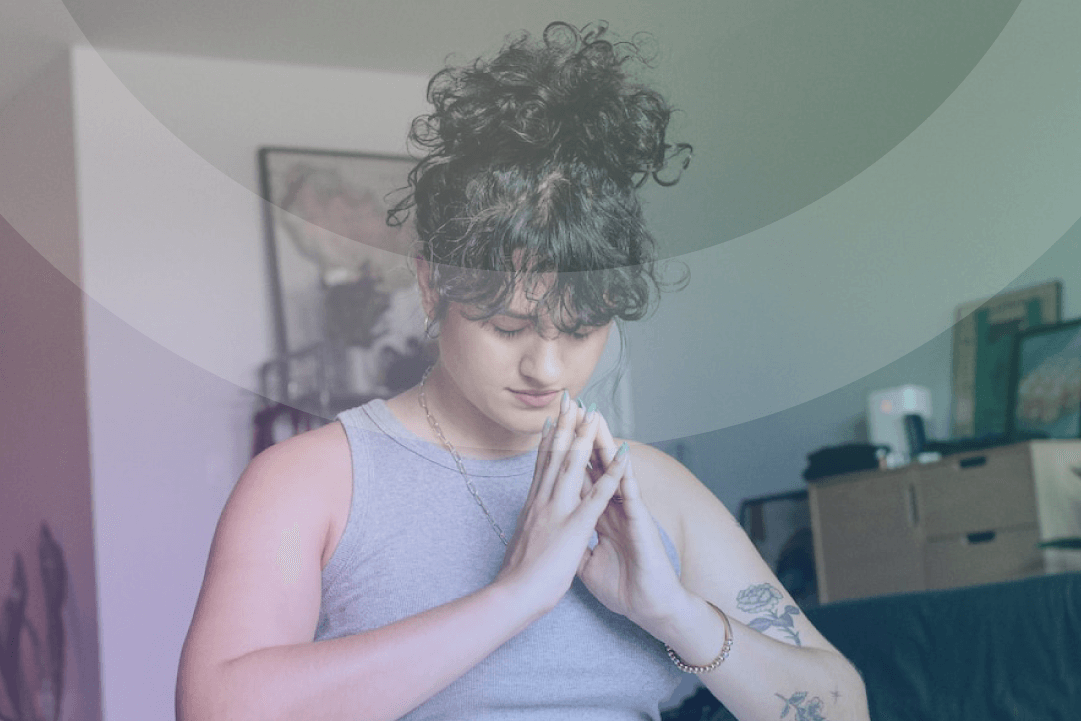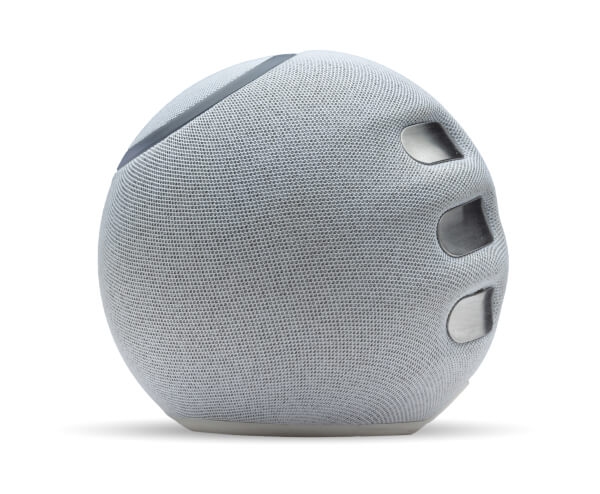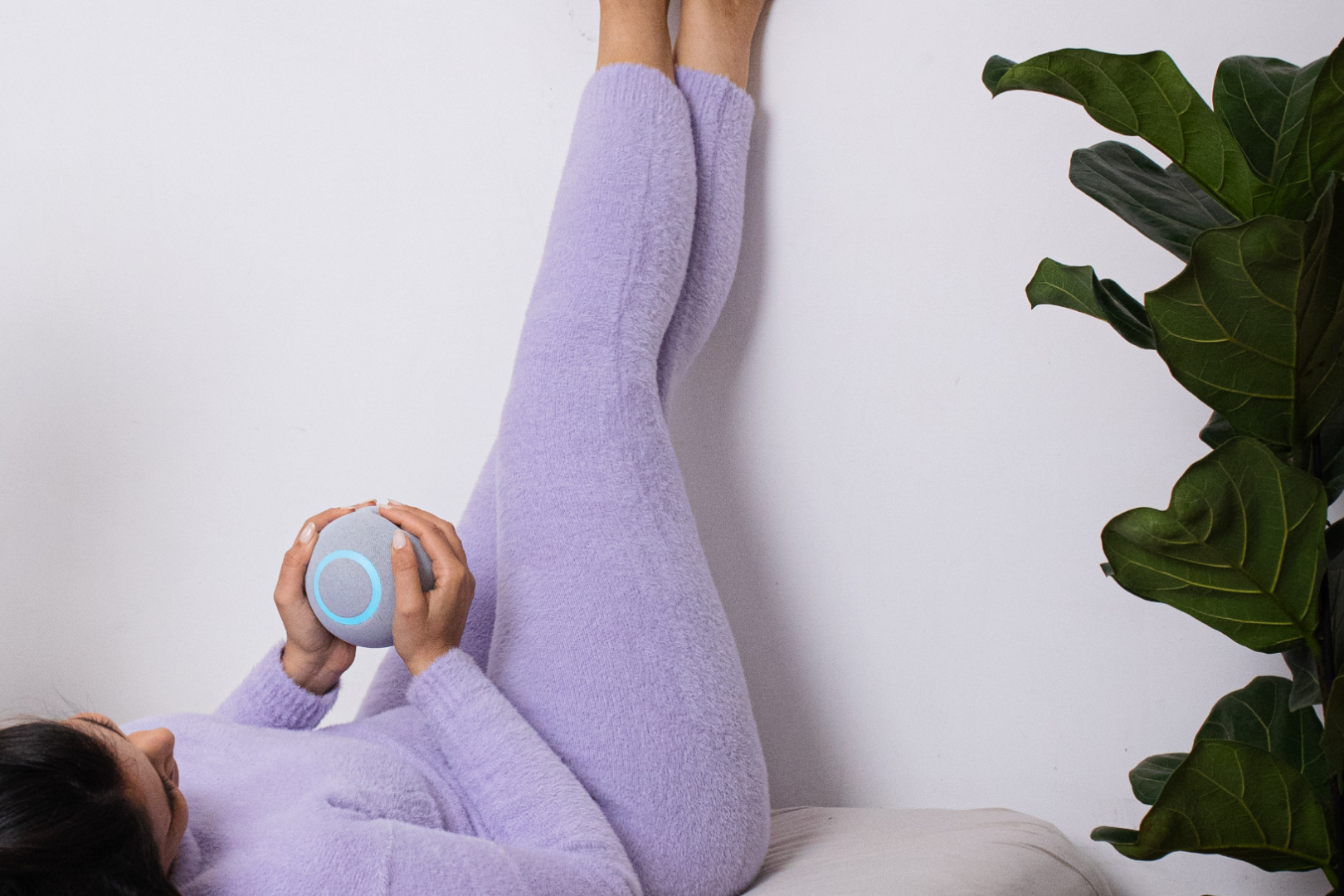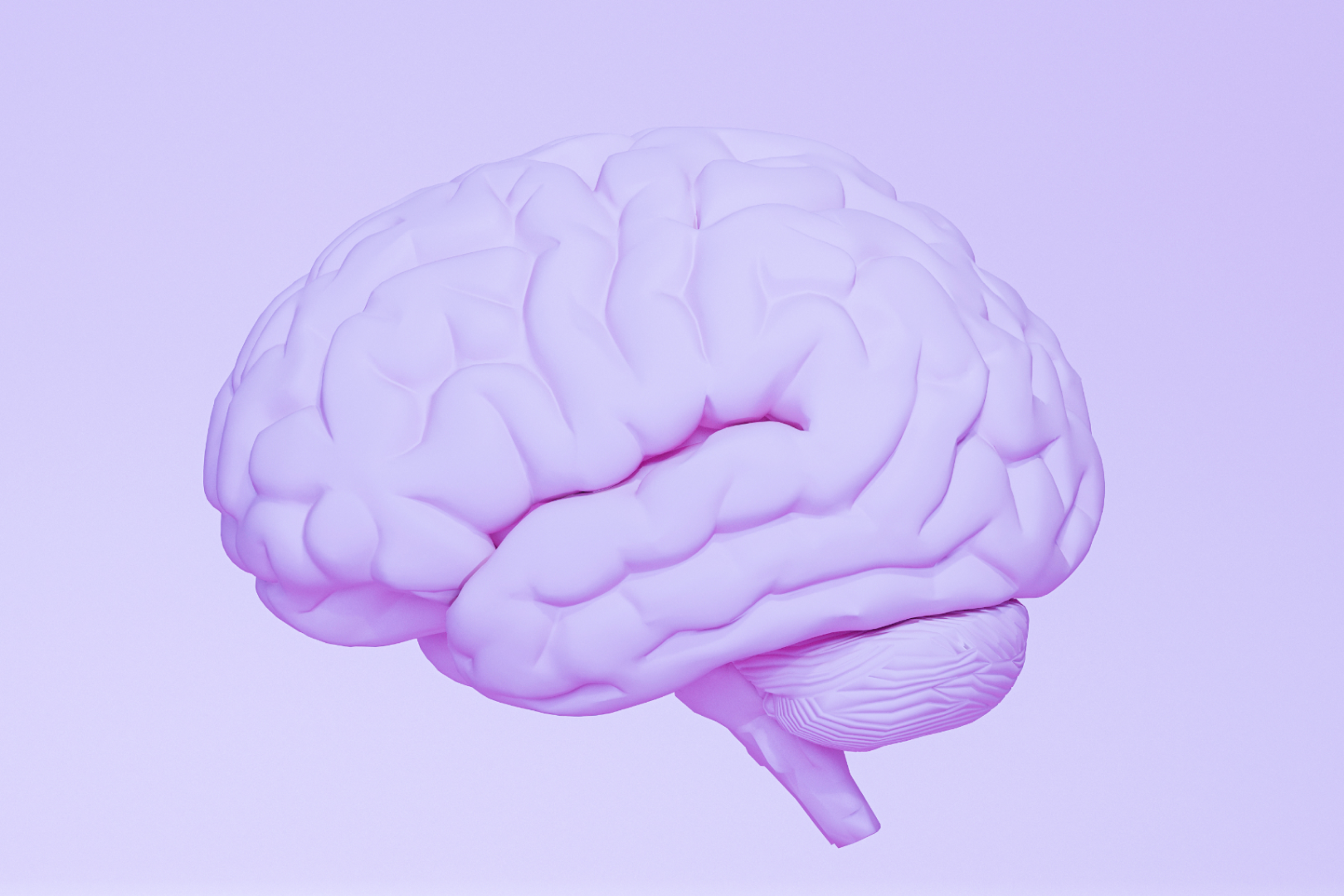For many many people, pain is a big problem. Headaches affect around 40% of the population, while 10% suffer from migraine. At any given time, over 500 million people worldwide are suffering from back pain. Pills, physical therapy, dietary changes, and even surgery… are just some of the ways that people try to cure their pain or get some relief.
Although the pain management industry was valued at around $80 billion in 2020 (and expected to double by 2030), people still struggle to control their pain. That’s because pain is a complex, multi-sensorial phenomenon.
The problem with pain
When a person is injured or traumatized in some way, the result is pain. Pain actually serves as a warning – it indicates that there is something wrong and drives the individual to protect themselves. For example, when you touch a hot stove, the burning pain motivates you to remove your hand, preventing further danger and damage to your body.
There are two aspects to the mechanism of pain. The first is the sensory mechanism, whereby the nerves cause the sensation of pain. Then there is the reception of the pain signal in the brain; in other words, the brain receives the ‘message’ of pain from the nervous system and interprets it. This is subjective to the individual and the circumstances.
That’s why people experience pain in different ways. What might feel like a splitting headache for one individual may be only a mild headache for another. While most people think of pain as a physical problem, it is actually a mind-body problem. For many people, mind-body techniques, such as mindfulness meditation, are a powerful way to reduce pain and gain precious relief.
What is mindfulness meditation?
Mindfulness meditation is a mind-body practice that has its roots in ancient Eastern culture and religion. During mindfulness meditation, the individual practices being in the present moment, observing thoughts and sensations as they occur, without judgment. Instead of resisting or reacting to thoughts or emotions that arise, the individual watches the workings of the mind with curiosity and a neutral interest.
This is more difficult than it sounds, and it takes weeks or months of regular sessions to learn mindfulness. That’s why it is called a “practice”. The good news? Even just 10 minutes of mindfulness meditation a day is enough to gain incredible benefits over time.
Mindfulness meditation can help relieve chronic pain
One of the powerful benefits of mindfulness meditation, supported by clinical studies, is relief from chronic pain. In a now-famous study, professor of medicine and mindfulness expert Jon Kabat-Zinn revealed that mindfulness meditation led to significant and long-term reduction of pain.
The study patients, all of whom were suffering from chronic pain, participated in an 8-week MBSR (mindfulness-based stress reduction) program. After the program, the patients reported improvements in pain symptoms and better quality of life.
Following up three years later, the patients reported that the positive effects had continued. The success of Kabat-Zinn’s research spawned more studies in the field, which are all arriving at the same conclusion: yes, mindfulness meditation can help relieve chronic pain, and in many cases is an effective pain management tool.
Long-term relief, not a one-day wonder
Research also demonstrates the positive impact of mindfulness meditation on pain control over years and even decades. In a 2009 study, scientists examined the pain response of experienced Zen meditators – those who have been meditating religiously for many years – compared to a control group of non-meditators, by exposing them to pain caused by thermal stimuli.
It was found that the experienced meditators required significantly higher temperatures to create the same pain response as the control group. In other words, the meditators did not feel pain to the same degree as the non-meditators.
What’s more, the intensity of pain was directly related to how much meditation experience the individual has. The more experienced they were in meditation, the less sensitive they were to pain. Meditation appears to improve brain mechanisms that support pain regulation and modulation.
The sooner you start, the sooner you’ll reap the benefits
It is not just experienced Zen meditators who enjoy pain relief. Research has shown that even after just 4 sessions of mindfulness meditation, study participants reported 40% reduced pain intensity and 57% reduced pain unpleasantness.
The pain control benefits of mindfulness are evident relatively soon after beginning to practice, which is great news for those looking to start controlling their chronic pain from today.
Two effective meditation techniques to reduce pain
If you suffer from chronic pain, or if you have regular headaches, migraines or intermittent back pain, you might consider trying the proven practice of mindfulness meditation to get relief in the short and long term. Here are two techniques to get you started.
Breathing meditation
A big part of the challenge of mindfulness meditation is staying present in the moment. In the stillness and silence of meditation, it is natural for the mind to wander and fill with thoughts and feelings. One of the best ways to train your mind to be still is to focus on your breathing.
How to do breathing meditation:
Get into a comfortable position, either sitting up or lying down. Make sure your back is straight but relaxed. Your eyes can be open or closed, whichever is more comfortable for you.
Start by inhaling through your nose to the count of 5, and then exhaling through your mouth to the count of 5. Do this a few times until you settle into a slow and relaxed rhythm. Now, let go of the counting, and continue breathing in this way. Keep your mind very focused on the sensation of the breath as the air enters your nose and fills your lungs, and as you release the breath through your mouth.
By focusing your mind on your breath, you learn to stay in your body, in every passing moment. If you feel your mind wandering, or if you get distracted by thoughts or other sensations, that’s ok. Observe them gently, let them go, and bring your mind back to focusing on your breath. Continue for 10 minutes or as long as you like.
Meditation and biofeedback
Meditation practice is significantly enhanced by combining it with biofeedback. A biofeedback device tracks and measures your physiological response during meditation, so you can see how your practice is impacting your body in real time. By understanding your body’s responses, you can steer your meditation practice in ways that make it more effective.
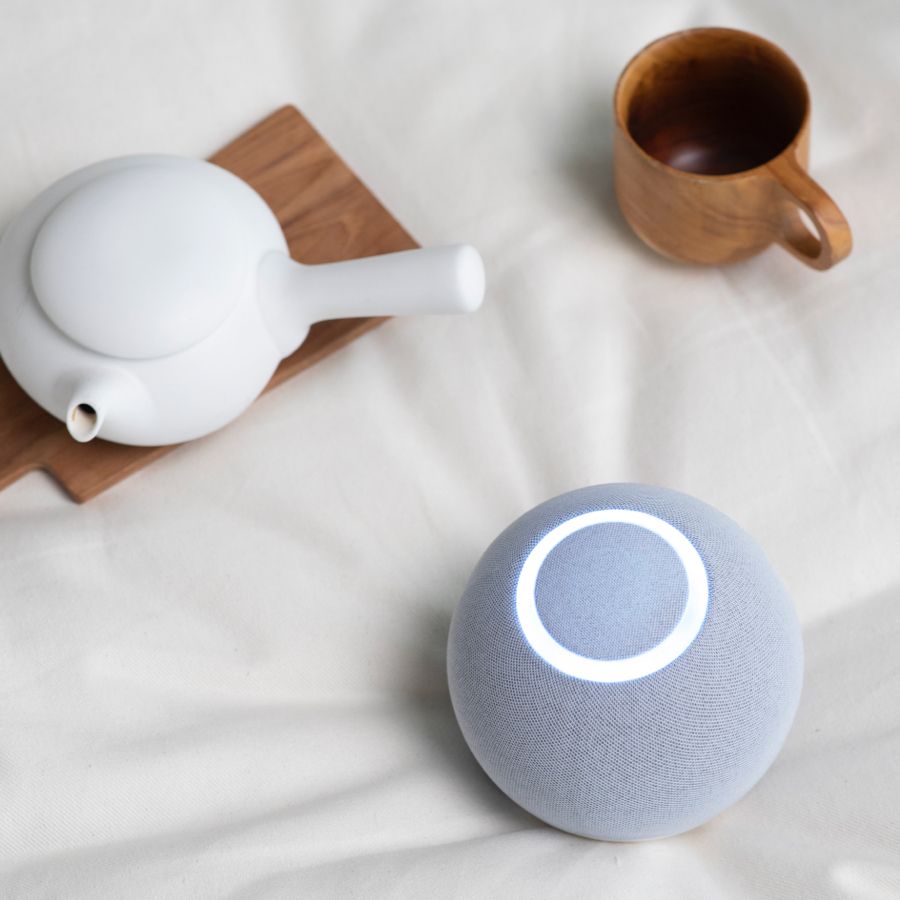
How to do meditation and biofeedback:
Get seated in a comfortable position, either on the floor or on a chair. Place the Reflect biofeedback device in front of you. The Reflect device is very easy to use at home as it does not require any special sensors or setup. You just need to rest your hands comfortably on the orb, so the device can track your breathing, heart rate, and other physiological markers directly through the skin.
Make sure it is positioned within comfortable reach so that your arms are not tense and your hands are holding the orb in a relaxed way. Keep your eyes open so you can watch the Reflect device and view your biofeedback information as it happens. Start a guided meditation or breathing meditation.
Observe when the orb indicates that your body is relaxing, and pay attention to the sensations. Use this knowledge to return to a relaxed state and reach deeper levels of calm.
Why meditation is an elixir for pain
We know that pain is not just a physical sensation; it is intricately linked to the workings of the brain. Exactly why and how pain is experienced by each individual at different moments is incredibly complex, and many more years of research are needed to uncover even part of the mystery.
We do know that mindfulness meditation can effectively relieve pain, probably because mindfulness trains the individual to relax in their mind and body, release resistance and observe their thoughts and feelings without any value judgment.
In other words, mindfulness takes the psychological and emotional ‘sting’ out of physical pain, thereby reducing the subjective perception of pain. In this way, relief may be gained, and a non-invasive, drug-free, and effective approach to pain control is within reach.
